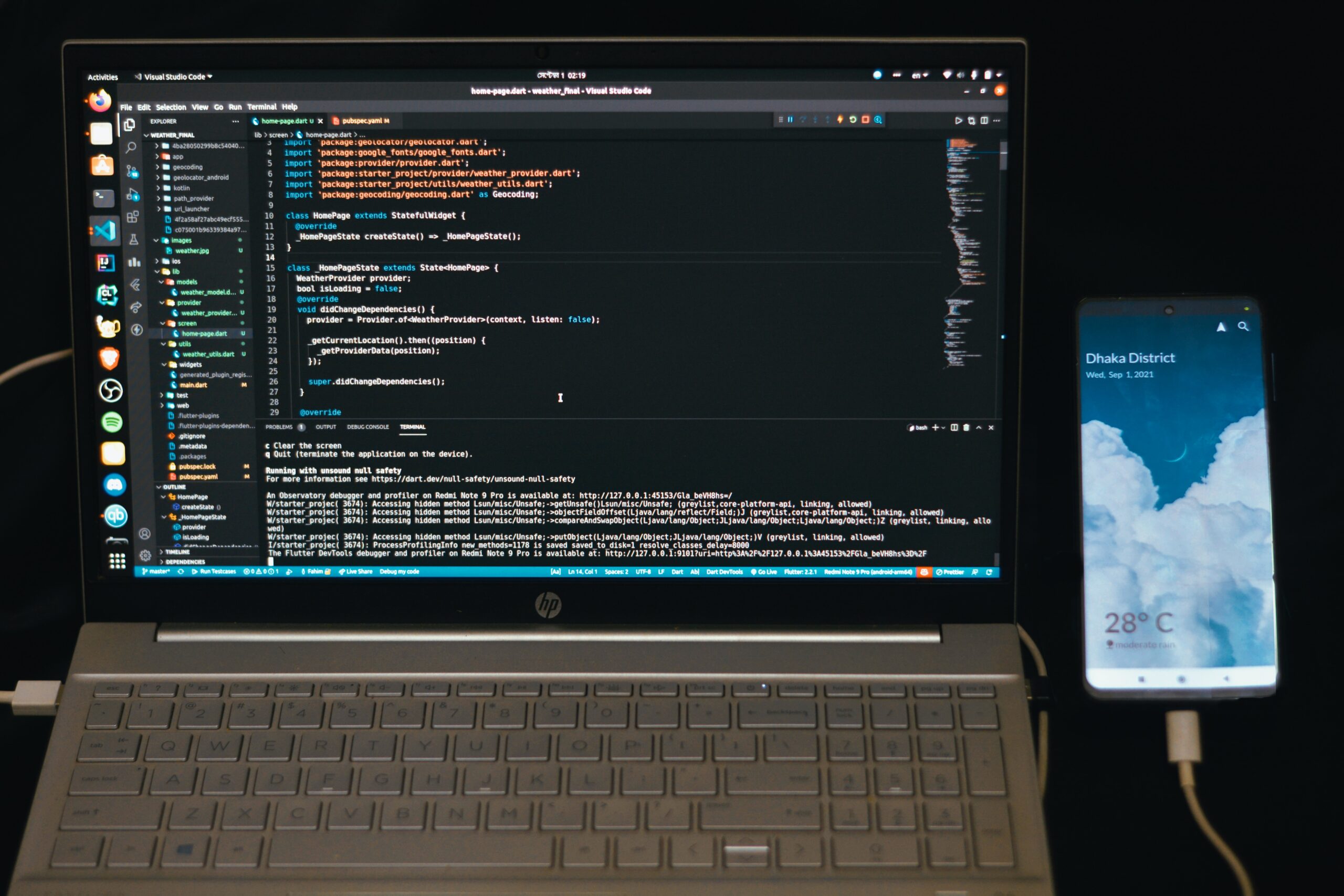In today’s digital world, protecting sensitive information is more than a necessity—it’s a legal and ethical obligation. Cybersecurity frameworks are structured guidelines designed to help organizations safeguard their data, systems, and infrastructure from cyber threats. Different industries and government sectors require compliance with specific frameworks depending on the nature of the data being handled.
Let’s dive into some of the most widely adopted cybersecurity frameworks: CMMC, NIST, HIPAA, ISO 27001, SOC 2, and more.
1. CMMC (Cybersecurity Maturity Model Certification)
Who it’s for: Contractors and subcontractors working with the U.S. Department of Defense (DoD).
Purpose: CMMC ensures that DoD contractors adequately protect Controlled Unclassified Information (CUI). The model integrates various cybersecurity standards and best practices into a unified standard.
Key features:
- Five maturity levels ranging from basic cyber hygiene (Level 1) to advanced security operations (Level 5).
- Requires third-party assessments (starting with CMMC 2.0, some levels allow self-assessment).
- Based on practices from NIST SP 800-171 and other frameworks.
2. NIST (National Institute of Standards and Technology)
Who it’s for: Federal agencies and contractors; widely adopted across various industries.
Purpose: NIST frameworks offer guidelines to help organizations improve their cybersecurity posture.
Key documents:
- NIST Cybersecurity Framework (CSF): Voluntary framework used to manage cybersecurity risks. Consists of five core functions: Identify, Protect, Detect, Respond, and Recover.
- NIST SP 800-53: Security and privacy controls for federal information systems.
- NIST SP 800-171: Protecting CUI in non-federal systems (often required for federal contractors).
Use case: Highly flexible and customizable, NIST frameworks are widely used as a baseline for creating security policies.
3. HIPAA (Health Insurance Portability and Accountability Act)
Who it’s for: Healthcare providers, health plans, and their business associates in the United States.
Purpose: Ensures the confidentiality, integrity, and availability of Protected Health Information (PHI).
Key rules:
- Privacy Rule: Regulates the use and disclosure of PHI.
- Security Rule: Establishes standards for protecting electronic PHI (ePHI).
- Breach Notification Rule: Requires covered entities to notify affected individuals of data breaches.
Compliance tip: HIPAA does not specify exact controls but requires a risk-based approach to implementing safeguards.
4. ISO/IEC 27001
Who it’s for: Organizations worldwide seeking a comprehensive and certifiable Information Security Management System (ISMS).
Purpose: Establishes requirements for managing information security risks and continuously improving security practices.
Key features:
- Risk assessment and treatment planning.
- Mandatory security controls across people, processes, and technologies.
- External certification available, demonstrating credibility to stakeholders.
Global recognition: ISO 27001 is often used in international business environments and as a benchmark for global compliance.
5. SOC 2 (System and Organization Controls)
Who it’s for: Technology and cloud-based companies that handle customer data.
Purpose: Ensures service providers securely manage data to protect the privacy and interests of clients.
Key principles (Trust Services Criteria):
- Security
- Availability
- Processing Integrity
- Confidentiality
- Privacy
Report types:
- Type I: Evaluates the design of controls at a specific point in time.
- Type II: Evaluates the effectiveness of those controls over a period of time.
6. PCI DSS (Payment Card Industry Data Security Standard)
Who it’s for: Organizations that process, store, or transmit credit card information.
Purpose: Protects cardholder data from breaches and fraud.
Key requirements:
- Maintain a secure network and systems.
- Implement strong access control measures.
- Monitor and test networks regularly.
Compliance levels: Vary based on the volume of transactions processed annually.
Why Cybersecurity Frameworks Matter
Choosing the right framework—or combination of frameworks—depends on your organization’s industry, clients, and regulatory requirements. These frameworks:
- Provide a structured approach to risk management.
- Help organizations meet legal and regulatory obligations.
- Enhance trust with clients and partners.
- Minimize the risk of costly data breaches and reputational damage.
Final Thoughts
Cybersecurity isn’t one-size-fits-all. Whether you’re a federal contractor navigating CMMC, a healthcare provider complying with HIPAA, or a SaaS company seeking SOC 2 certification, understanding the key cybersecurity frameworks is critical for protecting your data and earning trust in today’s digital ecosystem.
Need help implementing a cybersecurity framework? Reach out to our team to get expert guidance tailored to your organization’s compliance goals.








